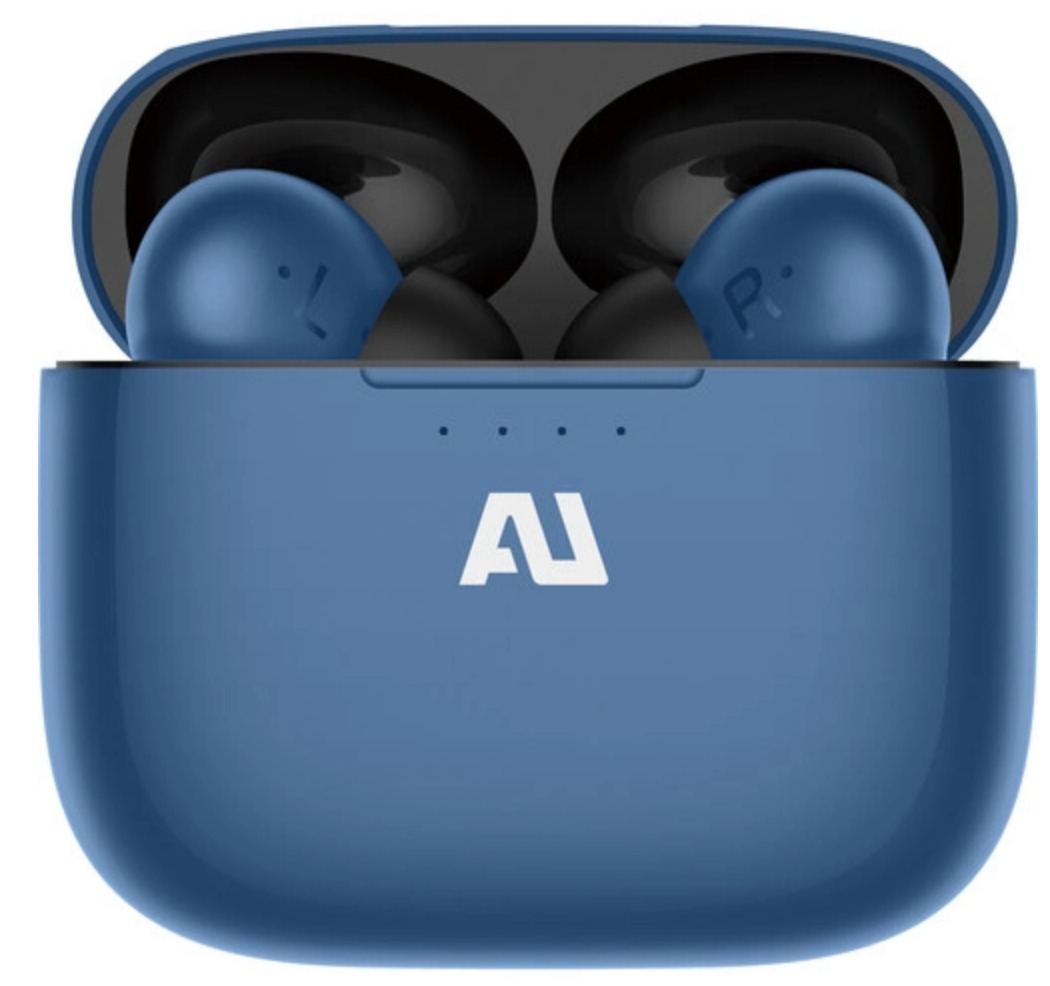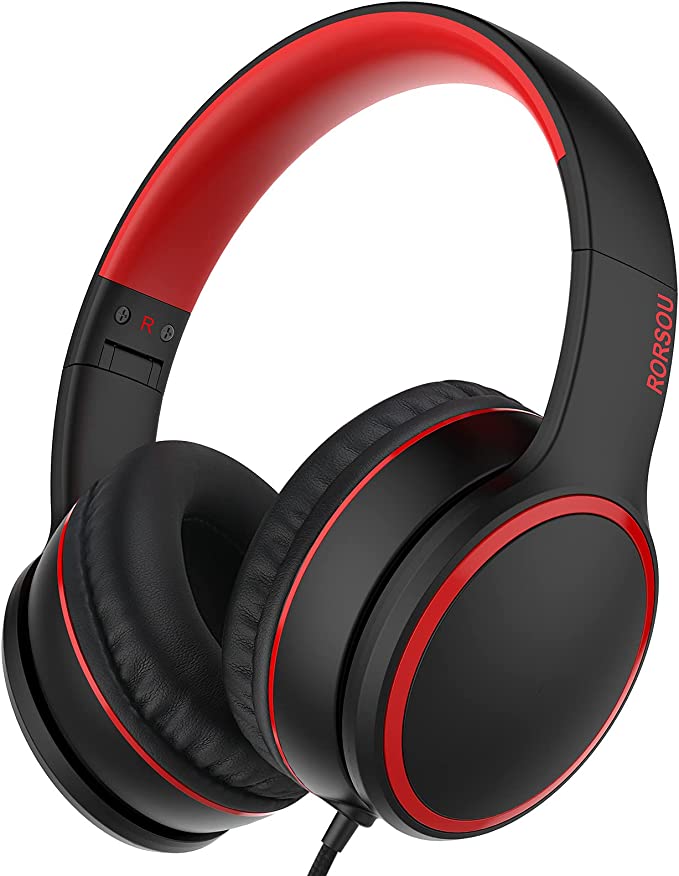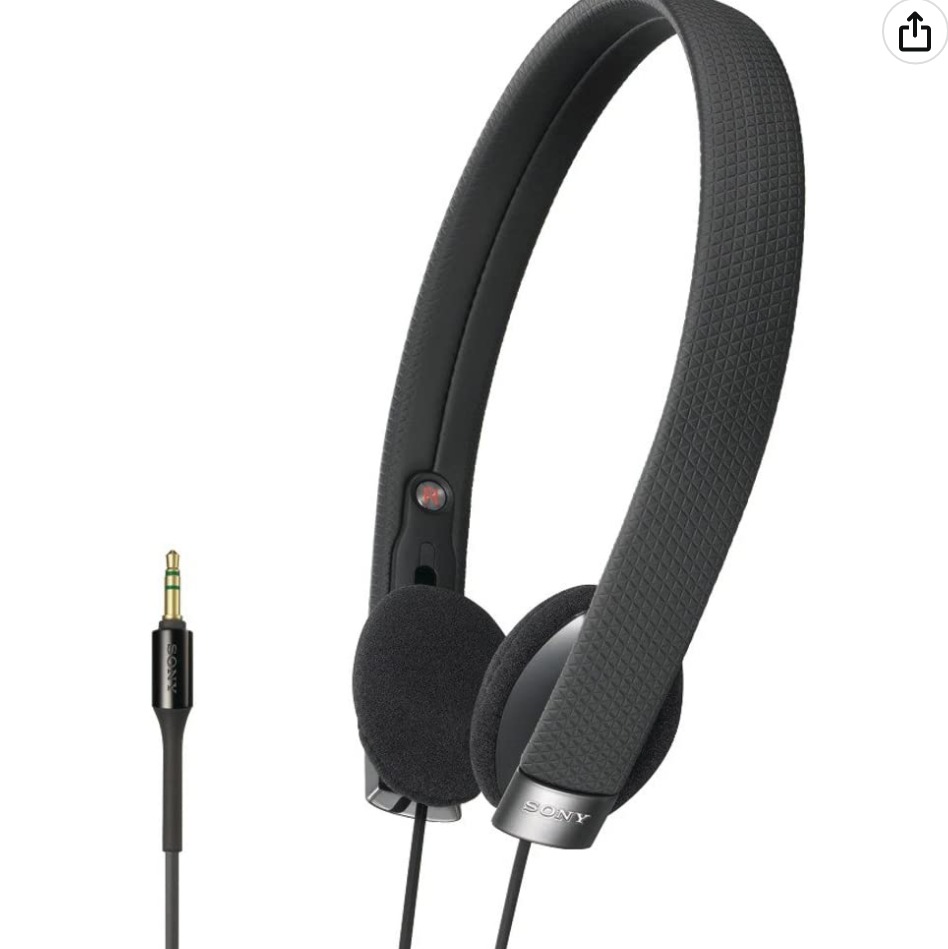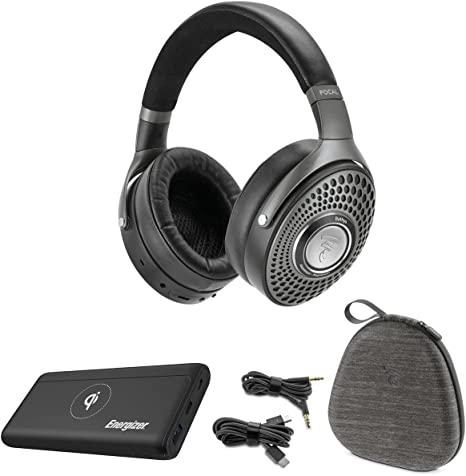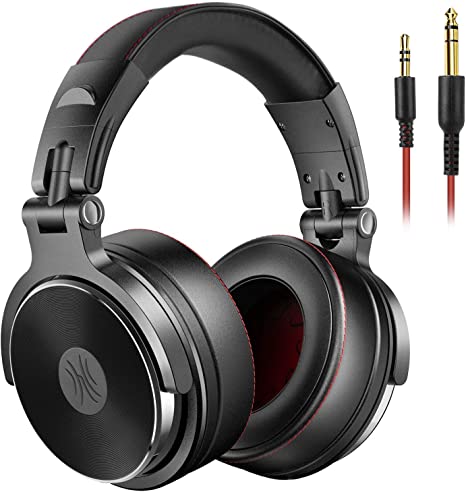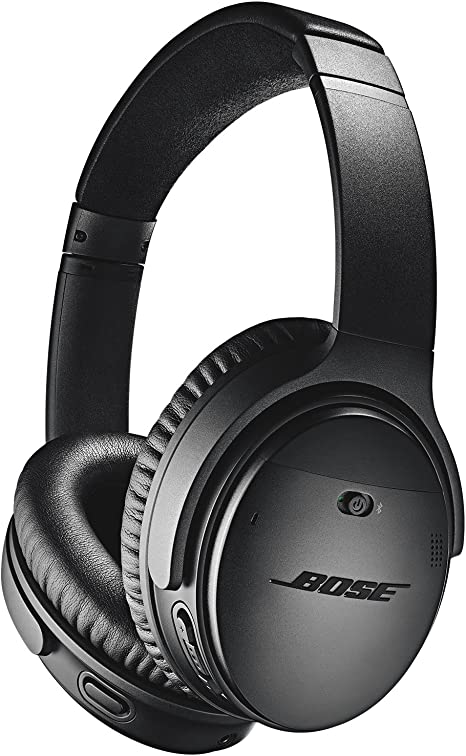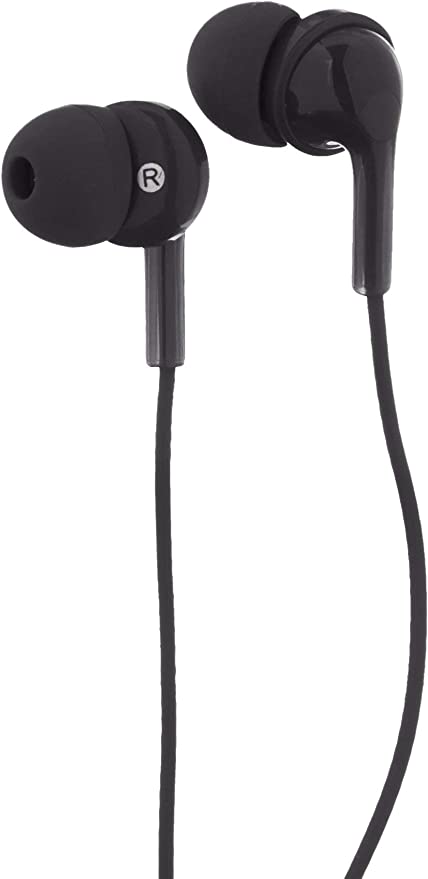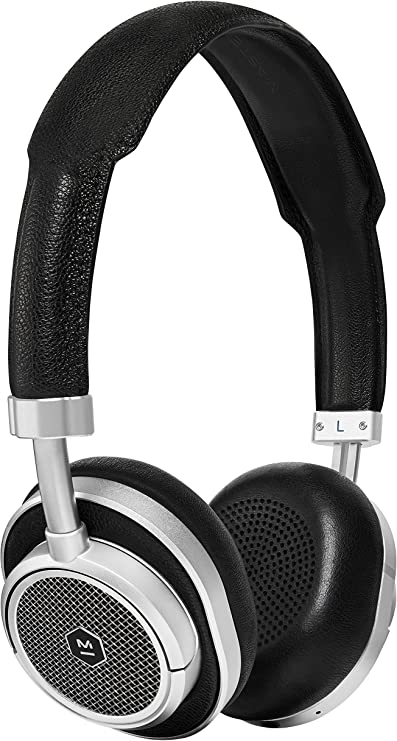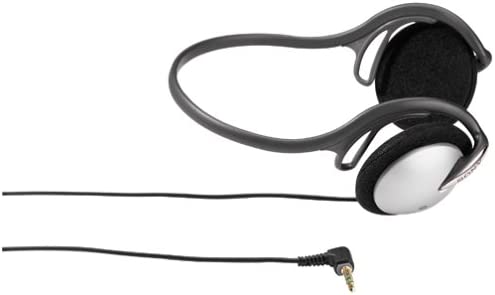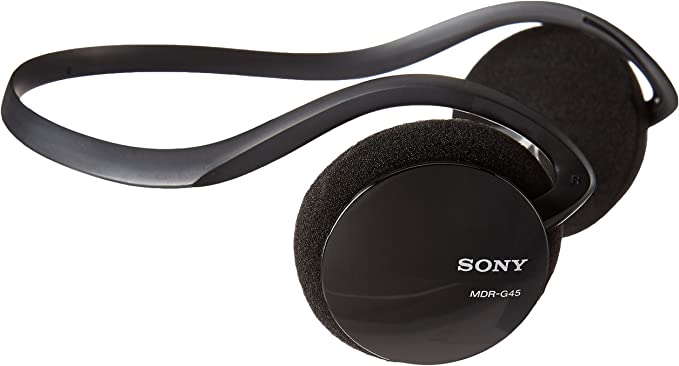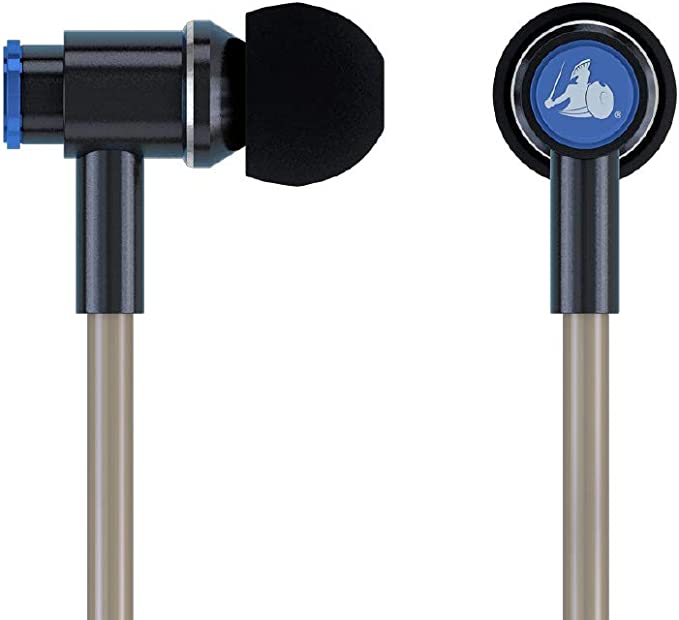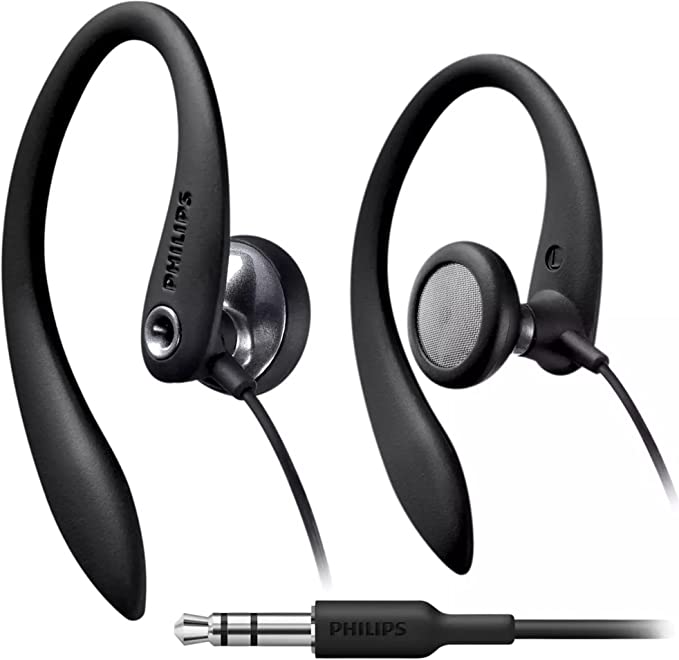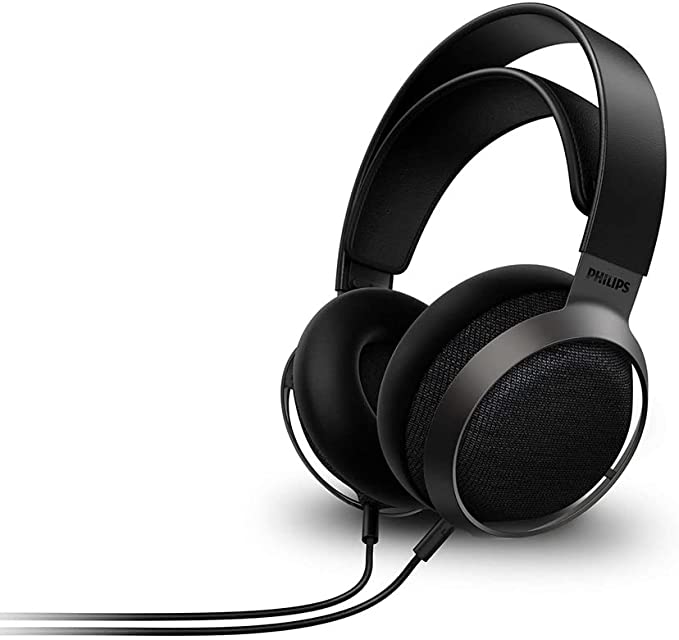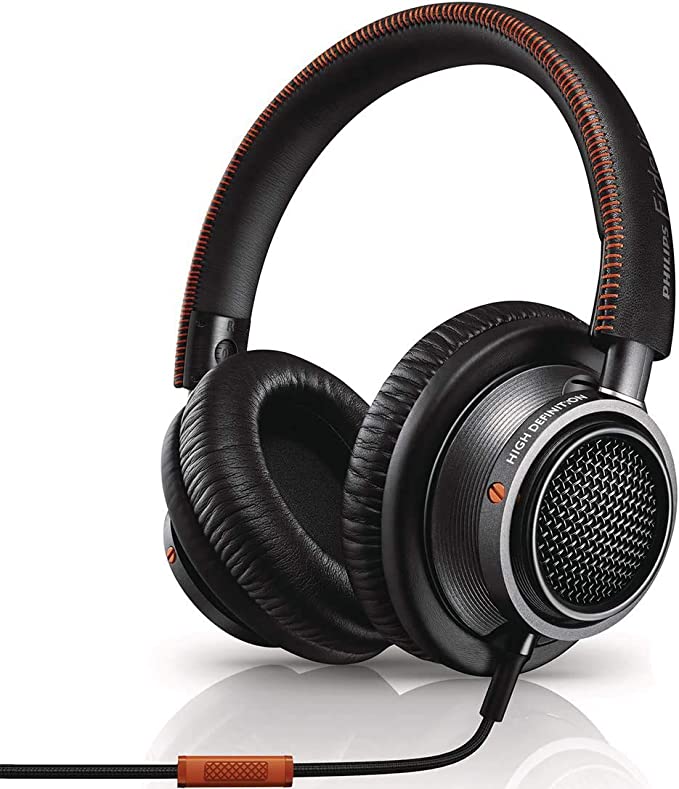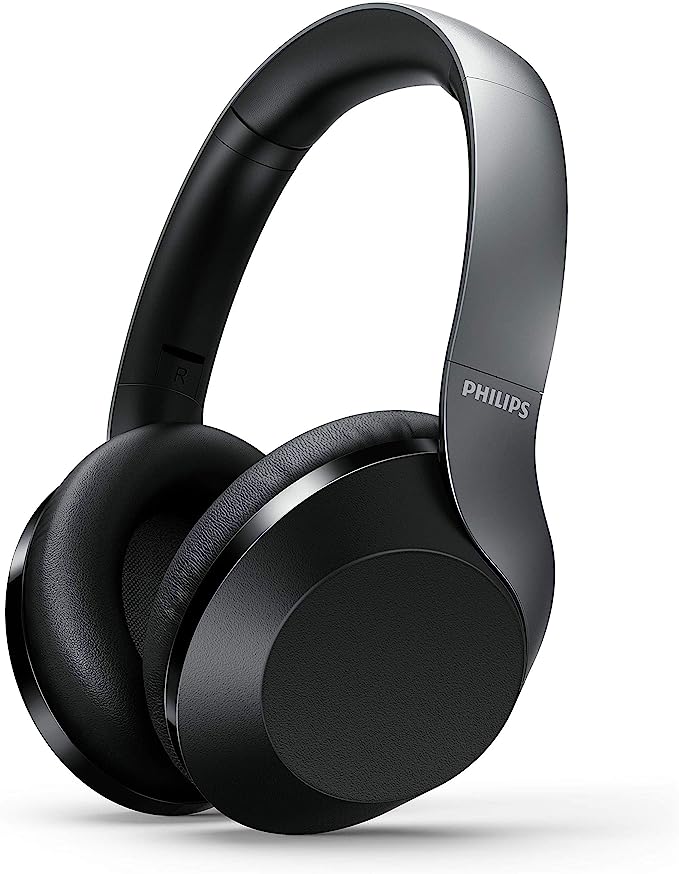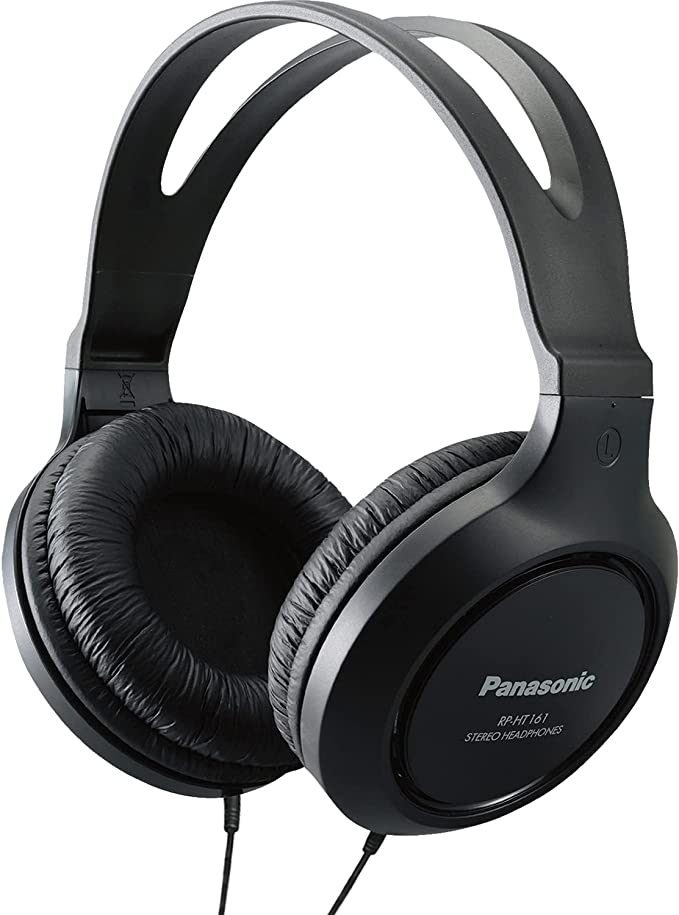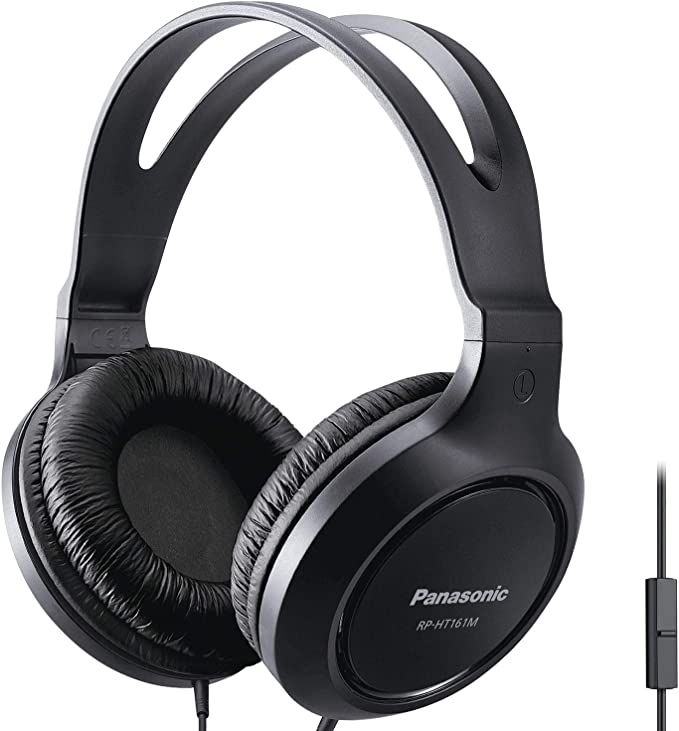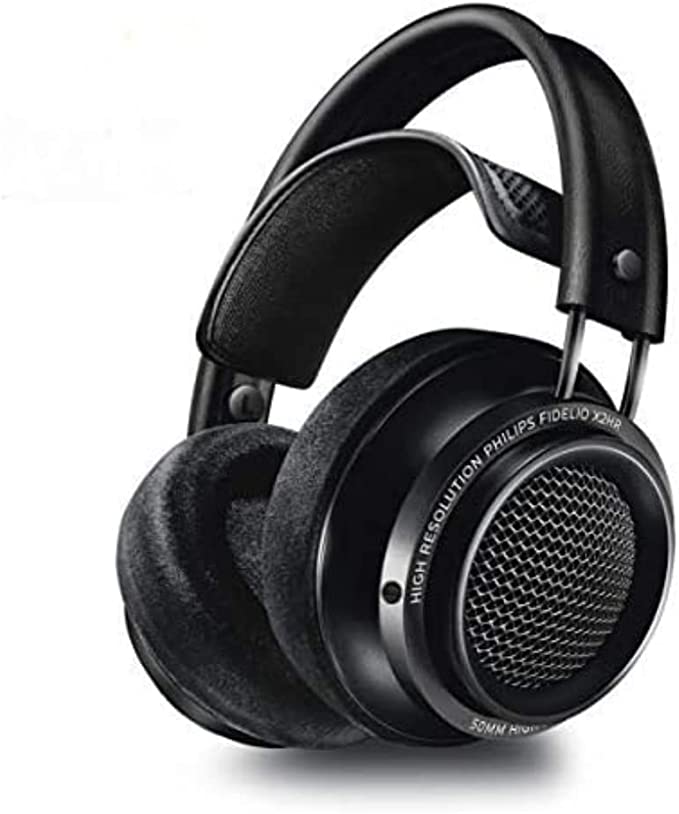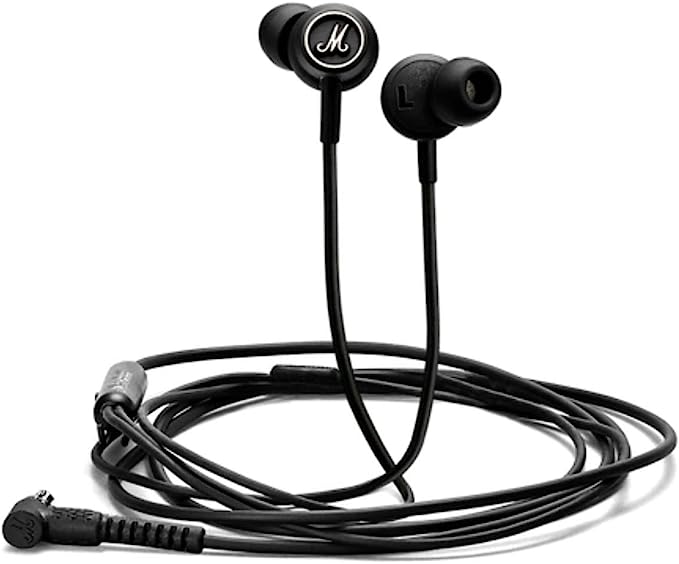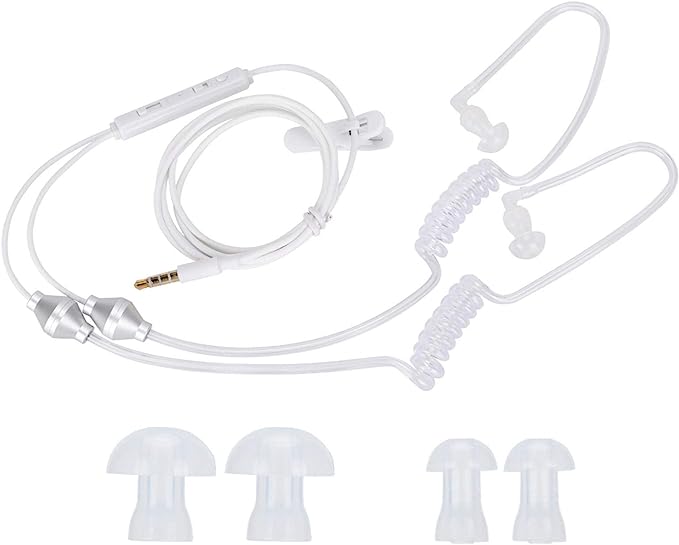Philips SHP9600 Headphones: Experience Open-Back Sound and Immersive Audio
Update on March 20, 2025, 7:28 a.m.
Imagine you’re at a live concert. The music washes over you, vibrant and expansive. You can pinpoint the location of each instrument – the crisp highs of the cymbals to your left, the resonant bass drum slightly behind, the vocalist center stage. This sense of spaciousness, of being inside the music, is what audiophiles and sound engineers call “soundstage.” Now, imagine trying to recreate that experience in your living room. That’s the challenge, and the promise, of open-back headphones.

A Brief History of Open-Backs: From Studio to Home
Headphones, in their earliest forms, were primarily tools for communication – think telephone operators and radio engineers. The focus was on clarity, not necessarily fidelity. Early designs were often bulky and, crucially, closed-back. This design, which seals the earcups, prioritized isolation, preventing sound from leaking in or out. This was essential in noisy environments.
The shift towards open-back designs came with the rise of high-fidelity audio. Engineers and audiophiles realized that the sealed environment of closed-back headphones, while offering isolation, also introduced unwanted resonances and colorations to the sound. Think of shouting in a small, empty room – your voice echoes and sounds unnatural. In the 1960s, companies like Sennheiser began experimenting with open-back designs, aiming for a more natural and transparent sound reproduction. The goal was to create headphones that sounded less like headphones and more like listening to music in a well-treated room.

The Physics of Sound: Waves, Resonance, and You
To understand how open-back headphones work, we need a quick detour into the physics of sound. Sound is, fundamentally, vibration. When a musical instrument vibrates, it creates waves of pressure that travel through the air. These waves reach our ears, causing our eardrums to vibrate, which our brains interpret as sound.
The frequency of these vibrations determines the pitch of the sound – high-frequency vibrations correspond to high-pitched sounds, and low-frequency vibrations correspond to low-pitched sounds. The amplitude, or strength, of the vibrations determines the loudness.
Now, here’s where resonance comes in. Every object has a natural frequency at which it vibrates most easily. Think of a swing set – it has a natural frequency at which it swings back and forth. If you push the swing at its natural frequency, it will swing higher and higher with relatively little effort. This is resonance.
In closed-back headphones, the enclosed space behind the driver (the speaker element) can create unwanted resonances. The sound waves bounce back and forth within the earcup, amplifying certain frequencies and muddying the overall sound. This is similar to the echo effect in a small room.

Open vs. Closed: A Headphone Showdown
Open-back headphones, as the name suggests, have earcups that are open to the air. This allows the sound waves to dissipate naturally, minimizing the build-up of pressure and reducing those unwanted resonances. The result? A cleaner, more natural, and more “open” sound.
Here’s a table summarizing the key differences:
| Feature | Open-Back Headphones | Closed-Back Headphones |
|---|---|---|
| Soundstage | Wider, more natural, more spacious | Narrower, more “in-your-head” |
| Sound Quality | Generally more accurate and detailed, less colored | Can be more bass-heavy, but may suffer from resonances |
| Isolation | Poor (sound leaks in and out) | Good (isolates you from external noise) |
| Use Cases | Quiet environments, critical listening, home use | Noisy environments, commuting, travel |
Inside the SHP9600: Deconstructing the Design
The Philips SHP9600 is a prime example of a well-engineered open-back headphone. Let’s break down its key features and see how they contribute to its sonic performance:
- Open-Back Architecture: The most defining feature, of course, is the open-back design. The grille on the earcups allows air to flow freely, minimizing pressure build-up and resonance.
- 50mm Neodymium Drivers: These large drivers are responsible for converting electrical signals into sound waves. The 50mm size allows them to move more air, resulting in a fuller, more impactful sound, particularly in the bass frequencies.
- Breathable Earcup Cushions: Help in disapating the heat.
The Neodymium Advantage: Power and Precision
The SHP9600 utilizes neodymium magnets in its drivers. Neodymium is a rare-earth element that forms incredibly powerful magnets. These magnets are crucial because they create a strong magnetic field that interacts with the voice coil (a coil of wire attached to the driver’s diaphragm). The stronger the magnetic field, the more precisely the voice coil can move the diaphragm, resulting in more accurate sound reproduction. This precise control translates to better transient response (the ability to reproduce sudden changes in sound) and lower distortion.
Soundstage and Imaging: Painting a Sonic Picture
We’ve mentioned “soundstage” several times. Let’s delve deeper. Soundstage refers to the perceived size and spatial arrangement of the sound produced by the headphones. A wide soundstage makes the music feel expansive, as if you’re surrounded by the instruments. Imaging refers to the accuracy with which the headphones reproduce the placement of individual instruments within that soundstage.
Open-back headphones excel at both soundstage and imaging. Because the sound isn’t trapped inside the earcup, it can expand naturally, creating a wider and more realistic sonic picture. With the SHP9600, you’re more likely to perceive the individual instruments as distinct entities, each occupying its own space in the soundscape, rather than a blended, homogenous sound.
HRTF: How Your Brain Hears in 3D
Our ability to perceive the direction of sounds is a complex process that involves something called the Head-Related Transfer Function (HRTF). The HRTF describes how our head, ears, and torso affect the sound waves reaching our eardrums. The shape of our outer ear (the pinna), in particular, plays a crucial role in filtering the sound differently depending on its direction.
Our brains use these subtle differences in timing, level, and frequency content to determine the location of a sound source. Open-back headphones, because they allow sound to interact more naturally with our ears, tend to provide a more realistic HRTF experience compared to closed-back headphones. This contributes to the improved soundstage and imaging.

The SHP9600 in Action: Music and Gaming
The benefits of the SHP9600’s open-back design are readily apparent in both music listening and gaming.
For music, the wide soundstage and accurate imaging create a more immersive and engaging experience. You can hear the subtle nuances in recordings – the breath of the singer, the pluck of a guitar string, the decay of a cymbal crash – with greater clarity. Complex arrangements, such as orchestral pieces, become easier to dissect, with each instrument clearly defined in its own space.
For gaming, the precise soundstage and imaging are crucial for competitive advantage. You can pinpoint the direction of enemy footsteps, gunfire, or other audio cues with greater accuracy, giving you a crucial edge. The immersive soundscape also enhances the overall gaming experience, drawing you deeper into the virtual world. User reviews consistently praise the SHP9600’s performance in games, highlighting its ability to provide a clear and detailed sonic environment.

The Open Secret: Understanding Sound Leakage
It’s important to address the elephant in the room: sound leakage. Because open-back headphones don’t seal your ears, sound can escape, and people nearby may be able to hear what you’re listening to. Conversely, you’ll also be able to hear sounds from your environment. This is the trade-off for the superior sound quality. Open-back headphones are best suited for quiet environments where you won’t be disturbing others and where external noise won’t interfere with your listening experience.

Beyond the SHP9600: The Future of Open-Backs
The Philips SHP9600 represents an excellent value proposition in the world of open-back headphones, offering audiophile-grade sound at an accessible price. But the technology continues to evolve. Researchers are exploring new materials and designs to further improve the performance of open-back headphones, potentially even mitigating the issue of sound leakage. We might see innovations in driver technology, acoustic damping, and even personalized HRTF profiles to further enhance the listening experience. The quest for the perfect sound continues, and open-back headphones are sure to play a significant role in that journey. The SHP9600, in this context, serves as a fantastic gateway to understanding and appreciating the principles of high-fidelity audio.
